Table of Contents
Key Takeaways
- Halo uses gentle tDCS to support your brain’s natural ability to improve mood, sleep and focus. This low-level electrical stimulation helps to tune your prefrontal cortex which is the area that controls emotional balance, attention and sleep cycles.
- I tested Halo for 2 months and got deeper, more restorative sleep and a slight lift in mood and cognitive flow. For me, the biggest change was better sleep, with smaller but noticeable improvements in cognitive processing (i.e. thinking speed).
- Halo’s technology is backed by over 20 years of tDCS clinical research, including big results in large randomized controlled trials. This is not a gimmick gadget. It’s built on serious neuroscience and clinical data.
- The device is simple, comfortable and designed for daily use. Each session is 30 minutes and can be done while you read, write in your journal, work, or wind down in the evening.
- Halo is non-invasive, drug-free and more cost effective than clinical brain stimulation treatments like NeuroStar TMS. While it’s not a medical treatment in the US, it may give you some of the same brain benefits as clinical neuromodulation. But at a fraction of the cost and with more comfort.
Every so often, a new technology claims it can “upgrade your brain”. Many don’t deliver.
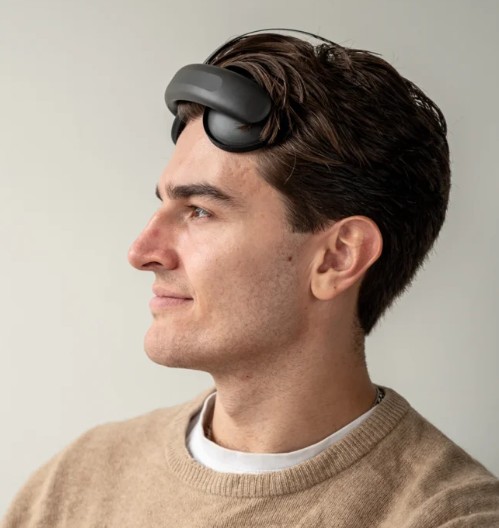 But the Halo Neuroscience headset is different. It uses gentle transcranial direct current stimulation (tDCS) to help your brain perform better. So you can think clearly, feel calmer, and get better sleep.
But the Halo Neuroscience headset is different. It uses gentle transcranial direct current stimulation (tDCS) to help your brain perform better. So you can think clearly, feel calmer, and get better sleep.
I’ve personally been testing the Halo headset for the past two months. The most noticeable change for me has been deeper, more restorative sleep. I’ve also experienced smaller improvements in mood, though mood wasn’t an issue for me to begin with.
If you’ve followed my work, you know I’m not quick to believe marketing hype. So I looked closely at the science behind Halo Neuroscience, including dozens of clinical studies on Halo and tDCS.
What I found is one of the most promising and well-researched neurotechnology tools available today.
In this Halo Headset Review I will cover how this device works, the benefits it promises to deliver, its cost, and where to get the device. To help you decide if you’d like to try the Halo Neuroscience headset yourself.
What Is the Halo Neuroscience Headset?
Halo is a non-invasive brain stimulation device designed to enhance your focus, mood, and sleep. It uses a small amount of direct electrical current to gently stimulate specific regions of your brain through your scalp.
The headset connects to the Halo app on your phone, where you select your goal – focus, sleep, or mood – and follow guided sessions. Each session lasts about 30 minutes. You can use the Halo Headset while reading, watching TV, working, or meditating.
Halo uses the same tDCS technology already approved in Europe under the name Flow Neuroscience, an at-home medical device for depression treatment.
In the U.S., Halo is available as a wellness product. Flow Neuroscience is currently going through the Premarket Approval process with the FDA.
Who is Halo Neuroscience?
Halo Neuroscience is a California-based division of Flow Neuroscience based in Sweden.
Flow Neuroscience was co-founded in 2016 by Daniel Mansson, a clinical psychologist and Eric Rehn, an engineer. They met in 2012 while working at the Royal Institute of Technology in Stockholm, Sweden.
Their mission was to revolutionize the treatment of mental illness so everyone could “live their best life”. The first Flow Headset was sold in Sweden in 2019. They have since expanded to the UK, Norway, Switzerland, and Hong Kong.
And in 2025, introduced the Halo Neuroscience Headset to the United States wellness market.
 How Halo Works: The Science of tDCS
How Halo Works: The Science of tDCS
Your brain runs on electricity. Every thought, movement, and emotion depends on small electrical signals passing between neurons.
Transcranial direct current stimulation (tDCS) delivers a very low-level current (1–2 milliamps) to your prefrontal cortex, the area in your brain that controls your mood, focus, and decision-making.[i]
This current doesn’t “shock” your brain. Instead, it subtly increases the likelihood that neurons fire when they should.[ii]
Over time, these repeated sessions help strengthen your neural circuits responsible for keeping your mood in balance, cognitive control, and better sleep through a process known as neuroplasticity.[iii]
In plain English, tDCS helps your brain “retrain” itself to work better.
Research on transcranial direct current stimulation (tDCS) has been going on for decades. With clinical studies and use going back to at least 2000.
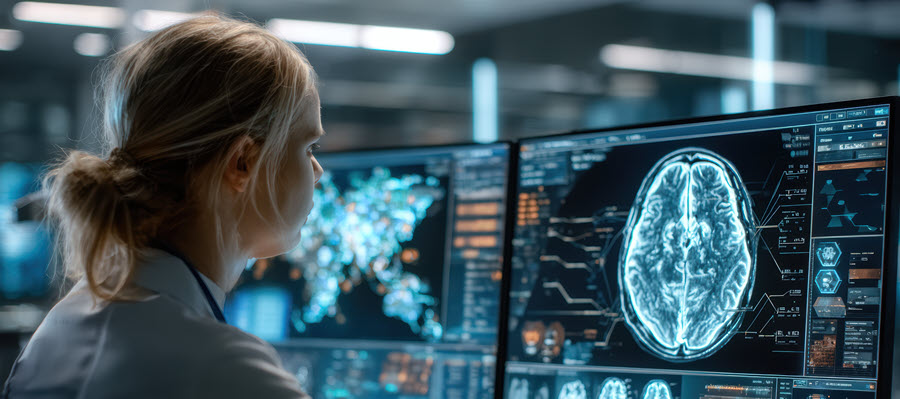 Halo Neuroscience Headset Clinical Evidence
Halo Neuroscience Headset Clinical Evidence
Halo Neuroscience conducted an internal observational study with 103 Halo users. After four weeks of regular use:
– 73% reported improved mood
– 71% reported better sleep
– 70% reported sharper focus
The size of this internal study used the kind of numbers you typically see in published peer-reviewed clinical trials, which is a plus in my opinion.
Transcranial direct current stimulation (tDCS) isn’t new. Over the past 20 years, more than 100 peer-reviewed clinical studies have tested its effects on depression, sleep, ADHD, Stroke, and cognition.
And if you search PubMed for the keyword “transcranial direct current stimulation” for the last 10 years you’ll find 1,549 clinical trials overall at the time I’m writing this review.
Flow Headset for Depression
In October 2024, a multisite, double-blind, placebo-controlled, randomized clinical trial using the Flow headset for depression was conducted in the UK and US. The results were published in the journal Nature Medicine.
 Patients who used the Flow headset 5-times per week for 10-weeks were about twice as likely to experience their depression go into remission compared to those in a control group who performed the same procedure with the current switched off.
Patients who used the Flow headset 5-times per week for 10-weeks were about twice as likely to experience their depression go into remission compared to those in a control group who performed the same procedure with the current switched off.
The study authors concluded that “home-based tDCS could be a potential first-line treatment for major depressive disorder”.[iv]
A clinical trial with 44 volunteers with bipolar disorder and published in in the International Journal for Bipolar Disorder (2024), conducted in London, UK found that those using home-based tDCS showed significantly less depression in those dealing with Bipolar Disorder.[v]
The Flow headset was also studied in U.K. primary-care clinics and mental-health teams, with 50–76% of Flow Headset users with less depression.[vi]
Another study was conducted in Iran with 30 female patients with depression and who had not responded to traditional SSRI therapy.
The depressed women used a tDCS headset for 20 minutes each day and were accessed at the conclusion of the therapy. The study authors reported a significant decrease in depression. And concluded that the benefits would last for at least 1 month.[vii]
A study at University Hospital in São Paulo, Brazil worked with 120 patients with depression by combining standard SSRI (Sertraline) therapy with twelve 30-minute tDCS sessions.
The study authors concluded that the combination of tDCS and sertraline increases the efficacy of each treatment.[viii]
And another study published in the Journal of Affective Disorders was conducted to find out if tDCS could help with long-term depression relief.
The study authors acknowledged the value of antidepressant meds and therapy in doctors offices. But patients had difficulty maintaining relief from depression because of side effects, costs, and difficulty getting to regular office visits long-term.
This clinical trial found that the addition of home-based tDCS headset used twice weekly helped prevent depression relapse.[ix]
Flow Headset for Sleep
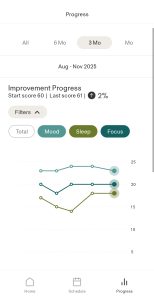 Insomnia and poor sleep is common in those suffering from depression. Which often results in poor mental and physical health.
Insomnia and poor sleep is common in those suffering from depression. Which often results in poor mental and physical health.
A study was conducted at Coventry University and the University of Northampton, in collaboration with the Northamptonshire Healthcare NHS Foundation Trust in the UK.
The study was an analysis of the data collected between 2022 and 2024 for self-reported outcomes from 10 weeks of daily Flow Headset use. This included 6229 datasets of people who used the Flow Headset for insomnia.
In one week 36.1% of the people following the tDCS protocol had better sleep, 43.1% in two weeks, 50.2% in three weeks, 59.3% in 6 weeks, and 63.2% of tDCS headset users slept better within 10 weeks.[x]
Halo Headset for ADHD
A randomized, double-blind, parallel, sham-controlled clinical trial was conducted from July 2019 to July 2021. 64 adults with ADHD used a tDCS headset daily for 4 weeks.
The study concluded that home-based tDCS Headset use over 4 weeks improved attention in adults with ADHD who were not taking stimulant medication.[xi]
Another meta-analysis of 14 clinical studies using tDCS for ADHD reported that overall improvements were shown in response inhibition, working memory, attention, and cognitive flexibility.
And an analysis of another 10 clinical studies reported improvements in impulsivity and inattention after using a tDCS Headset. In ADHD children, there was an even more significant behavioral change likely due to the smaller skull size of the children.
The authors concluded that caution was advised when using tDCS in kids because much more study needed to be done to assess the safety when using tDCS in children.[xii]
How the Halo Headset works for Mood, Sleep, and Focus
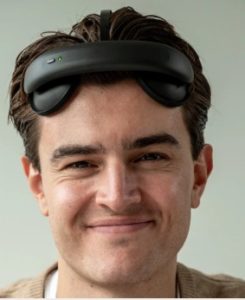 Halo targets your prefrontal cortex which is your brain’s command center. When your prefrontal cortex is underactive, you feel distracted, react easily, and have poor concentration.
Halo targets your prefrontal cortex which is your brain’s command center. When your prefrontal cortex is underactive, you feel distracted, react easily, and have poor concentration.
When the Halo Headset increases prefrontal cortex activity and restores communication, you’re better able to pay attention to what’s going on around you.
For mood, Halo can help strengthen the pathways between your prefrontal cortex and your limbic system, helping you keep your emotions in check.
For sleep, it helps reduce racing thoughts by improving GABA and serotonin signaling.
Using the Halo headset may help with focus, because it strengthens connections between your prefrontal and parietal cortices. For better attention, planning and working memory. This allows you to choose the appropriate action while controlling distractions.
With consistent use, your brain learns to maintain this high-control, low-noise state on its own.
Halo vs. NeuroStar TMS
Both Halo Neuroscience and NeuroStar TMS aim to enhance brain function by stimulating your prefrontal cortex, which plays a key role in mood and focus.

NeuroStar TMS (Transcranial Magnetic Stimulation) is a medical-grade treatment used in psychiatrists’ offices for major depressive disorder.
It uses focused magnetic fields to activate neurons deep in your brain. Sessions typically occur five days a week for four to six weeks, each lasting about 20–40 minutes. A full course can cost $10,000 or more per treatment series, which may be covered by health insurance.
Halo Neuroscience, on the other hand, uses transcranial direct current stimulation (tDCS), which provides a gentle electrical current through your scalp. It targets the same region but at lower intensity, making it safe for home use without direct supervision by your doctor.
While TMS and tDCS use different mechanisms (magnetic vs electrical), both promote neuroplasticity which is your brain’s ability to strengthen its neural networks.
A meta-analysis of studies conducted by the British Medical Journal found that tDCS was as effective as TMS in treating depression.[xiii]
Halo is not a medical treatment, but a more comfortable, cost-effective option you can do on your own at home for supporting mood, focus, and cognitive performance.
Halo Headset Recommended Dosage – How to Use Halo
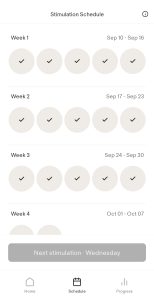 Using the Halo Neuroscience Headset is divided into two stages:
Using the Halo Neuroscience Headset is divided into two stages:
Phase 1 – Activation: you do 5 sessions per week for 3 weeks to build your foundation and jump-start neuroplasticity.
Phase 2 – Optimization: you do only 3 sessions per week to maintain progress and reinforce new brain patterns.
The Halo app on your mobile tracks how you feel and helps you monitor your improvement over time.
Most users start noticing positive changes such as sharper focus, better mood, and improved sleep within the first few weeks.[xiv]
Halo Neuroscience suggests that if the Halo Headset proves to be effective in the first 10 weeks of use, they recommend continuing its use as long as it provides the benefits you are using it for. They say this is to prevent a relapse of symptoms.
Halo Headset Safety and Side Effects
Transcranial direct current stimulation (tDCS) has been studied for over two decades and is considered very safe when used correctly.[xv]
Typical Halo Headset side effects are mild tingling, warmth, or redness on your forehead, which fades quickly after you take the headset off. No serious adverse events have been reported in large clinical trials.
The Halo Headset, which is controlled by the app on your mobile, ensures consistent, low-intensity stimulation with built-in safety limits.
But you should talk to your doctor before using Halo if you have a medical implant, epilepsy, or open scalp wounds.
Halo Headset Pros and Cons
Pros:
1. Backed by over 100 clinical studies supporting mood, sleep, and focus.
2. Noticeable results within weeks for many users.
3. Easy to use, comfortable, and wireless.
4. Drug-free and non-invasive.
5. Long-term potential for improving brain function.
Cons:
1. Requires consistent use for best results.
2. Mild tingling sensation on your forehead is possible.
3. Not a considered a medical device in the U.S. (which is not necessarily a Con in my humble opinion).
4. Higher upfront cost compared to using nootropic supplements, but it provides strong long-term value.
Nootropics Expert® Final Verdict
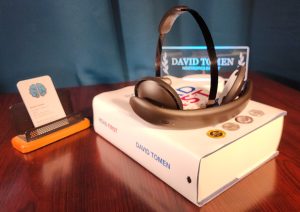 After reviewing the research and using the Halo Headset for a couple of months, it clearly stands out as one of the most genuinely useful neurotech devices available today.
After reviewing the research and using the Halo Headset for a couple of months, it clearly stands out as one of the most genuinely useful neurotech devices available today.
The Halo Neuroscience Headset is built on solid research, supported by clinical data, and is safe for home use. It is a practical tool for enhancing how your brain works by helping you think more clearly, sleep better, and feel more emotionally balanced.
Halo Neuroscience offers a 30-day money-back guarantee if you find the Halo Headset did not provide any benefit after 3-weeks of daily use.
If you are open to another option for optimizing brain function naturally, the Halo Neuroscience headset offers a sound combination of science, simplicity, and real results.
If you’d like to try the Halo Neuroscience Headset yourself, go here: Halo Headset
Where to Find Halo Neuroscience
Follow Halo Neuroscience on these sites:
Facebook: https://www.facebook.com/halo.neuroscience
YouTube: https://www.youtube.com/@HaloNeuroscience
LinkedIn: https://www.linkedin.com/company/halo-neuroscience/
Instagram: https://www.instagram.com/halo.neuro/

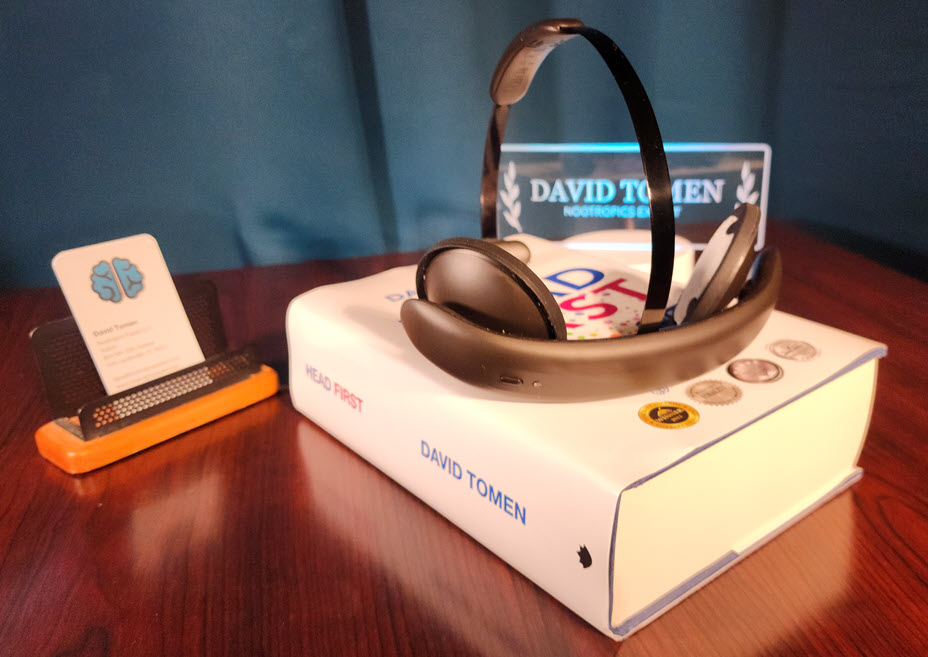

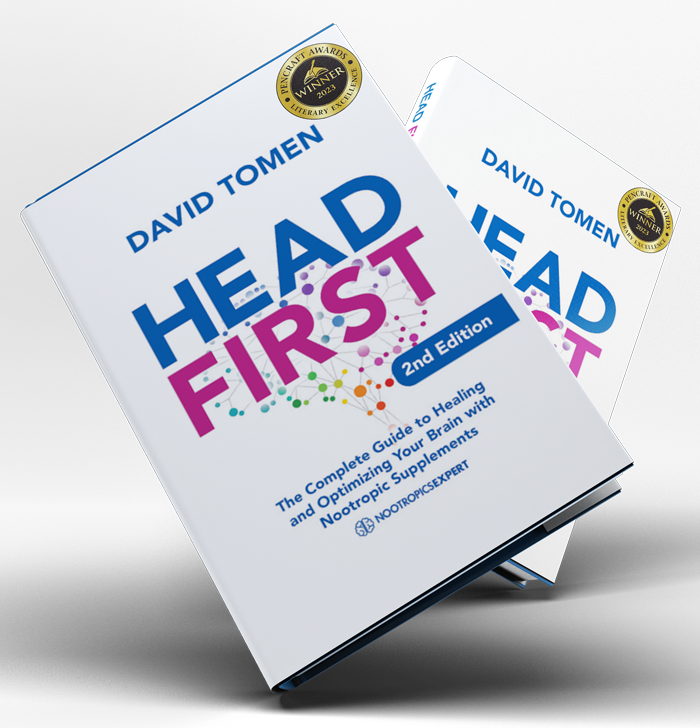

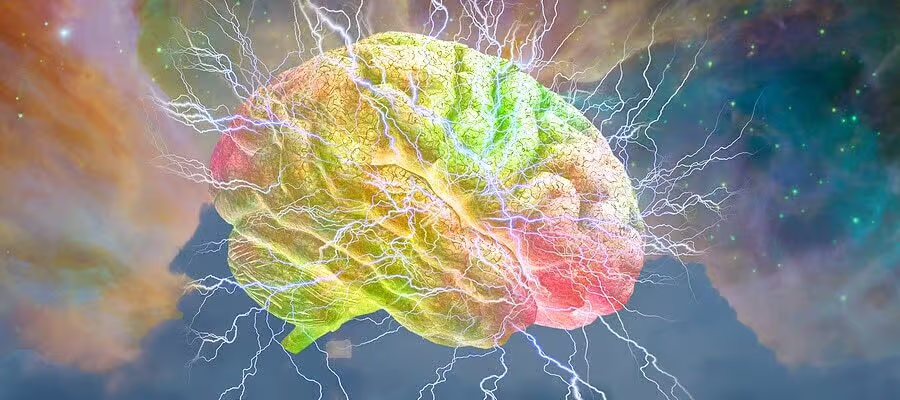
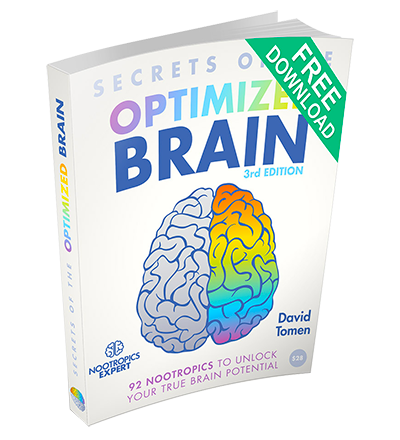
Join The Discussion - 0 comments